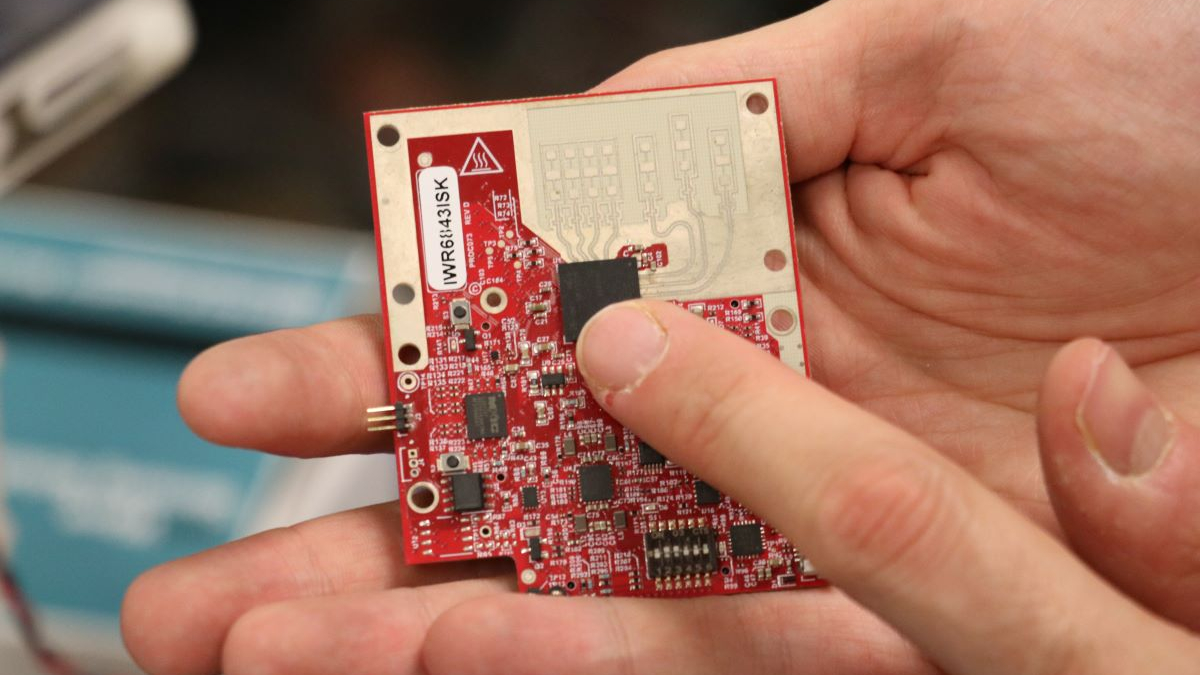
Spacecraft landing on dusty surfaces like of the moon and Mars tend to kick up powdery regolith that blurs the lenses of navigation cameras, reducing visibility and making the already-difficult job of landing safely even more arduous. A new instrument that accurately catalogs the abundance of dust and debris in its vicinity may thus be deemed essential for spacecraft landings on the moon and Mars.
On the moon, stirred-up dust is particularly dangerous for crewed spacecraft landings. A 2005 NASA report on the effects of dust during the Apollo missions notes "one of the surprises of the Apollo experience was how troublesome the lunar dust turned out to be. It obscured their vision on landing, clogged mechanisms, braded the Extravehicular Mobility Suits (EMS), [...] irritated their eyes and lungs, and generally coated everything with surprising tenacity."
Dust is also known to play a major role in weather on Mars, which, along with the moon, has firmly become humanity's destination for space exploration.
The Radar Interferometry for Landing Ejecta (RILE), which was developed by scientists at the University of Illinois Urbana-Champaign, uses a radar to generate millimeter waves and to catalog the time they take to return after getting reflected by hovering dust clouds. In theory, these waves would slow down upon striking flecks of dust, such as those blasted into space by a spacecraft's exhaust. To estimate the concentration of those hazardous dust particles, researchers compare how long such reflected waves take to travel in the dusty environment to their counterparts in vacuum, according to a study describing the instrument.
Related: Massive Mars Dust Storm Won't Stop NASA's Next Lander
The instrument could be mounted between a spacecraft's landing legs or deployed during the descent process such that it gathers relevant data well before touchdown, researchers say.
Study lead Nicolas Rasmont, a Ph.D. student in the Department of Aerospace Engineering at the University of Illinois Urbana-Champaign, and his colleagues tested and calibrated the instrument inside of a vacuum chamber that simulated the atmosphere of space. The team used micrometer-sized glass particles in place of regolith, reporting the new instrument to be "well suited for laboratory and field applications where more expensive, fragile and bulkier optical equipment is not practical."
"Other measurement techniques exist, but our instrument addresses a sort of 'missing middle,'" Rasmont said in a news release. The new instrument accurately measures dust clouds too dense for optical measurements, but too thin for other techniques that use X-rays, for instance, Rasmont added.
Meanwhile, the scientific community is just beginning to directly observe and measure dust on Mars. In late 2022, scientists part of the Mars 2020 mission studied videos of six flights of the now-retired Ingenuity robotic helicopter and recorded where dust lifted and what heights the particles reached. The team put together the first catalog of valuable statistics on the precise conditions needed to lift dust, including the nearby wind conditions, which, in turn, inform computer models that guide ground tests of spacecraft.
Recent developments in spacecraft technology are also helping address the dust-lifting issue. Earlier this year, scientists part of India's Chandrayaan-3 mission reported the spacecraft used "the least powerful engines till date" in a unique diagonal configuration. Because of this, the craft barely kicked up any dust during its descent, allowing for its cameras to get a clear view of the landing region in the crucial final minutes prior to touchdown.







